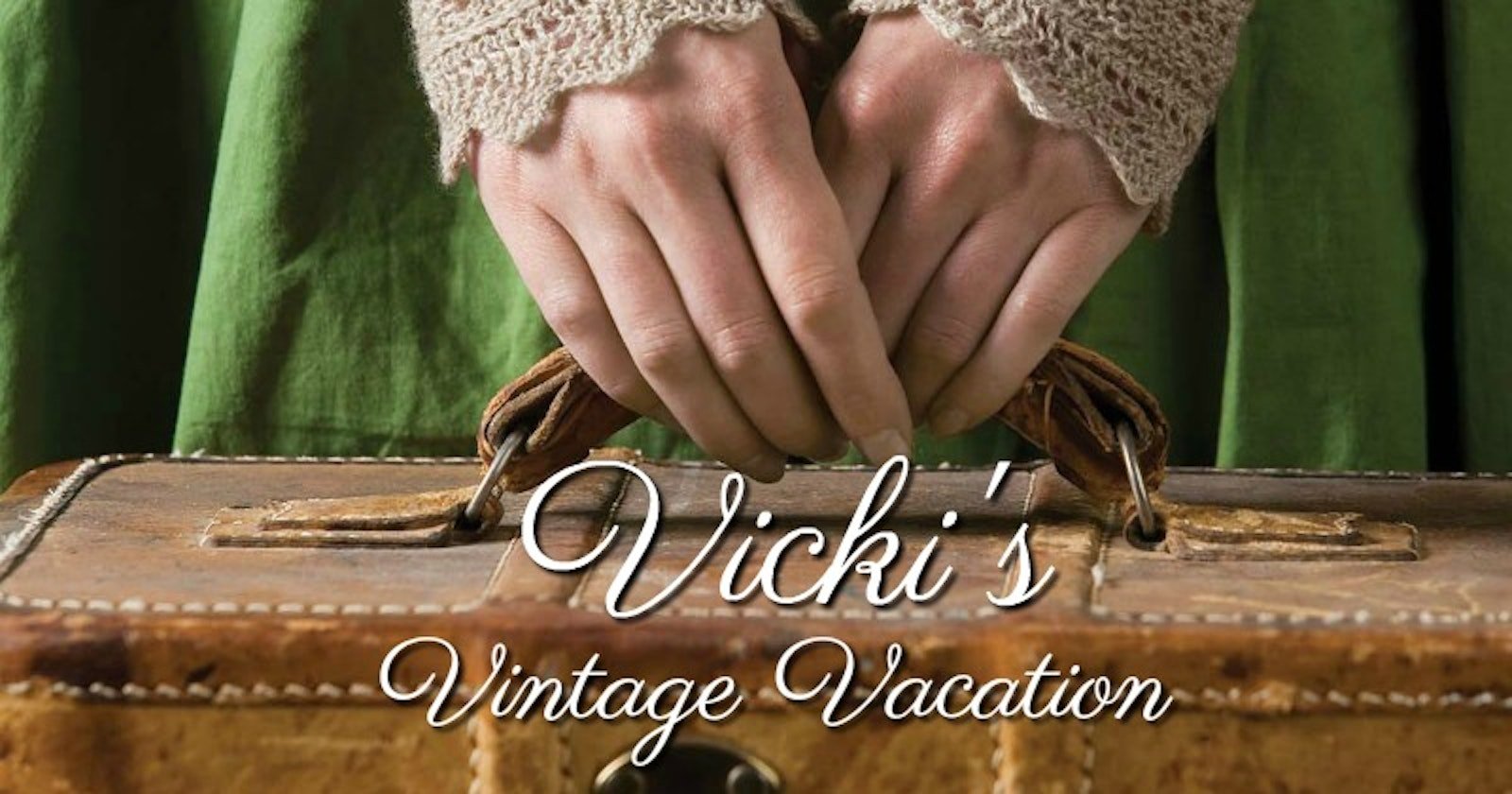Have you ever wondered what the women in Victorian England knit the most? The amount of attention given in Weldon’s Practical Needlework to knitting stockings gives us a major clue as to their “useful article” of choice to make. Weldon’s volumes are filled with wonderful stocking patterns. So far, I have knit three pair, each different, including different techniques to shape the leg, turn a heel, or shape the toe.
Vicki’s adaptation of a Weldon’s stocking pattern. Photo by George Boe
There is a lovely introduction in Weldon’s Practical Stocking Knitter First Series from Volume 1 of Weldon’s with tips and techniques used in Victorian stocking making. The merits of handknitted stockings are clarified, and I heartily agree with the assessment: “Stocking work is pleasant work for winter evenings, as it is not trying to the eyes, nor is it any hindrance to conversation; it also is convenient for taking up at odd moments, and it is astonishing how fast a leg or a foot will progress even if worked only just a round or two at a time as opportunity occurs.” I would, however, expand my opinion to include more times of the day. Stocking knitting is appropriate at all times of day and perhaps in the dead of night if there is a bit of insomnia to preface the knitting activity!
I actually keep a stocking project in my car for when I have to wait for the inevitable train stop in the middle of town. This happens more frequently than one might imagine. May I also recommend a small stocking project bag to pick up at a moment’s notice as you fly out the door to another destination? There is always a glimmer of hope that a snippet of time will present itself for a stitch or two, a round or two, or an inch or two.
A Lady’s Plain Knit Stocking from Weldon’s Practical Stocking Knitter Second Series Volume 1 of Weldon’s Practical Needlework.
In the introduction, there is a section of “General Rules for Stocking Knitting” with some solid recommendations. The Victorian knitter knits in the round, in rows, slips stitches, creates a faux seam at the back of the leg, and changes colors in various ways. “When a skein is knitted out and it becomes necessary to make a join, lay the two ends reversely and knit four or five stitches with the wool double; this never shows in the work, and obviates the unpleasantness of a knot.” Indisputably, this is my favorite way to join a new skein in wool.
A sock-building description offers insight as to the overall procedure, from ribbed cuff, through leg decreases, heel construction, gussets, and foot and toe forms. The Victorian considers all well-made knitted stockings to be proportioned by the length of the foot, which is one-third the length of the leg. As a designer, I am especially interested in the particulars of shape and size measurements. For example, a “lady’s stocking should measure about 11½ inches round the top, 22 inches long in the leg, and 6½ or 7 inches long in the foot.” The Victorian woman was obviously smaller in stature than the average woman of today. But 22 inches long in the leg puts the length well over the knee, no matter how tall the wearer. Keep this fact in mind when knitting from Weldon’s patterns, so that you can amend the length to suit you.
The German Method of Commencing a Stocking from Weldon’s Practical Stocking Knitter First Series Volume 1 of Weldon’s Practical Needlework.
A variety of cuff designs are possible, but frequently the double rib is shown, “2 stitches plain, and 2 stitches purl, alternately, for a length of about three inches.” A “German Method of Commencing a Stocking” describes creating a hem with a picot edge by working a row of small eyelet holes after several rounds of garter stitch (knit 1 round, purl 1 round). Continue with more rounds of garter stitch, then fold the hem to the wrong side at the eyelet round and stitch the cast-on edge down. Some of the patterns specify dividing onto three needles, and knitting with a fourth. The illustration shows the work divided onto four needles, hence needing a fifth needle to knit with. This is my preferred method, so I can easily visualize the front half and back half of the stocking, each on two needles. I also find having the work on four needles easier to manipulate.
With sock knitting in your wheelhouse, there are volumes of new techniques to try. Look forward to some Victorian heel turning methods . . .
Knitting night and day! Vicki




